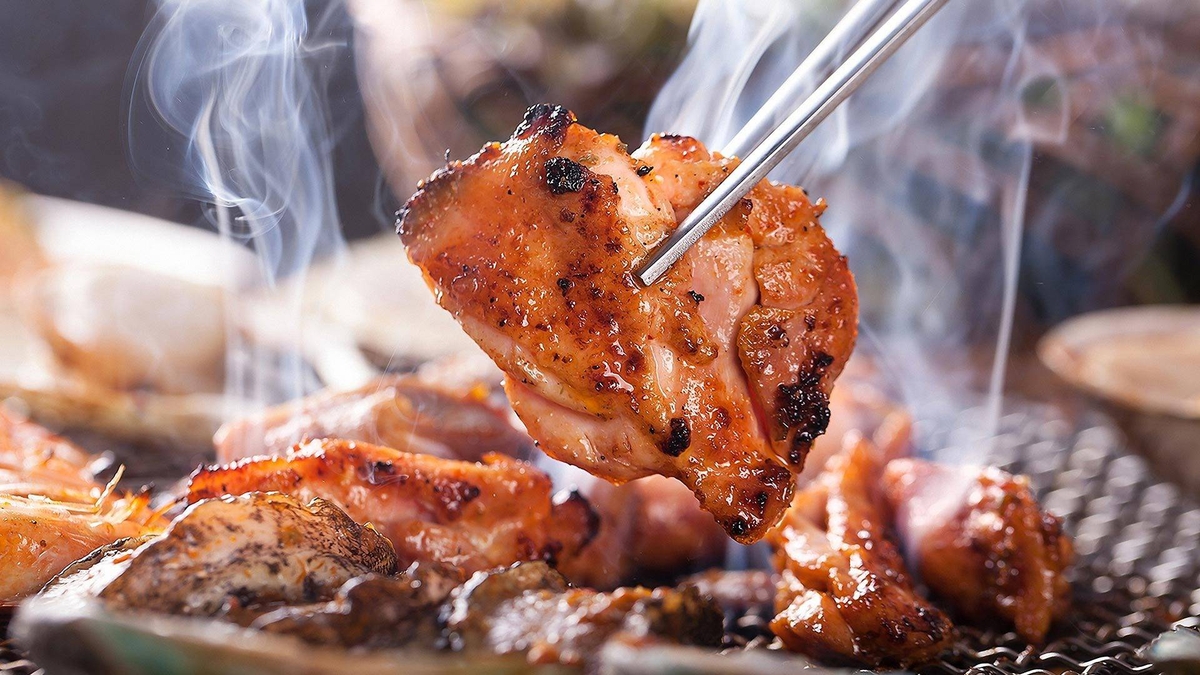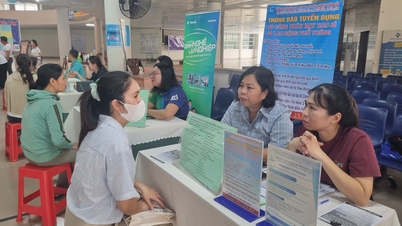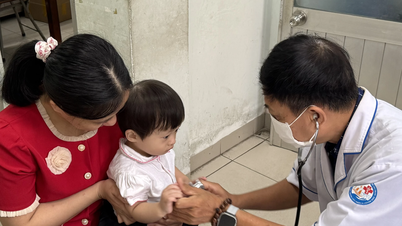It is estimated that in September 2025, Vietnam's rice export volume will decrease by nearly 46% compared to the previous month; turnover will decrease by nearly half, equivalent to about 200 million USD.
When the Philippines temporarily "closed" rice imports, Vietnamese management agencies and rice exporting enterprises quickly made adjustments to adapt.
Specifically, businesses have simultaneously implemented purchasing and temporary storage measures to stabilize domestic prices and avoid a sell-off mentality. Many leading businesses such as Vinafood 1 and Vinafood 2 have proactively built up reserves, ready to export when the market recovers, and are actively seeking new partners. Among them, African countries have emerged as potential markets.
According to statistics, to date, Vietnam's rice export output to the Ghana market has reached 662 thousand tons, an increase of 95% in volume; Ivory Coast has reached 754 thousand tons, an increase of 156%. These markets favor Vietnamese rice because of its stable quality, reasonable price and on-time delivery. In addition, rice exports to the Chinese market have also increased sharply, reaching more than 600 thousand tons in 9 months, more than double the same period in 2024.
In addition to the Asian and African markets, Vietnamese rice exporters are actively promoting orders to Bangladesh, Senegal, the Middle East, Japan, and even gradually approaching demanding markets such as the European Union (EU) to open up opportunities to improve the position of Vietnamese rice. This is a strategic step to help expand the market and create confidence for domestic enterprises.
Thus, with the efforts of the Government , ministries, branches, and business community, by mid-October 2025, our country has exported about 7 million tons of rice and is expected to reach 8 million tons for the whole year. The above results show that market diversification is an inevitable requirement for the sustainable development of the Vietnamese rice industry.
However, along with market expansion, quality and brand are the decisive factors for long-term position. Currently, the Ministry of Agriculture and Environment is implementing a program of 1 million hectares of high-quality, low-emission rice in the Mekong Delta. This is an important step not only to meet the trend of green agriculture, but also to help Vietnamese rice meet the high standards of the EU, Japanese and US markets. Along with that, the Ministry is accelerating the building of a national brand for Vietnamese rice, similar to the successful models of Vietnamese coffee or pepper, to affirm its value and image in the international market.
For the rice industry to develop sustainably, what needs to be done is to continue timely tax refunds, expand preferential credit, invest in agricultural logistics, and reduce transportation and storage costs. Industry associations need to play the role of a bridge, provide market information, and support businesses in building sustainable export strategies.
From a macro-management perspective, the lesson from the Philippine market is not only a warning about the risk of dependence, but also a reminder of strategic vision. If we want Vietnamese rice to be not only “abundant” but also “strong”, we must combine green production - open market - national brand.
Over the past 3 decades, Vietnamese rice has risen to the top 3 exporting countries in the world , bringing in billions of dollars each year, creating livelihoods for millions of farmers. That journey is entering a new phase - the phase of quality, brand and proactive integration. Vietnamese rice not only feeds people, but is also a symbol of Vietnamese intelligence and bravery.
From these proactive steps, Vietnamese rice will continue to reach further and more firmly in the world market.
Source: https://hanoimoi.vn/chu-dong-mo-rong-thi-truong-gao-722843.html


![[Photo] Chu Noodles - the essence of rice and sunshine](https://vphoto.vietnam.vn/thumb/1200x675/vietnam/resource/IMAGE/2025/11/11/1762846220477_ndo_tl_7-jpg.webp)
![[Photo] Prime Minister Pham Minh Chinh chairs a meeting on housing policy and the real estate market.](https://vphoto.vietnam.vn/thumb/1200x675/vietnam/resource/IMAGE/2025/11/11/1762838719858_dsc-2107-jpg.webp)



































































































![Dong Nai OCOP transformation: [Article 4] Reaching national standard products](https://vphoto.vietnam.vn/thumb/402x226/vietnam/resource/IMAGE/2025/11/11/1762825820379_4702-cac-san-pham-trai-cay-chung-nhan-ocop-nongnghiep-174649.jpeg)



![Dong Nai OCOP transition: [Article 3] Linking tourism with OCOP product consumption](https://vphoto.vietnam.vn/thumb/402x226/vietnam/resource/IMAGE/2025/11/10/1762739199309_1324-2740-7_n-162543_981.jpeg)






Comment (0)